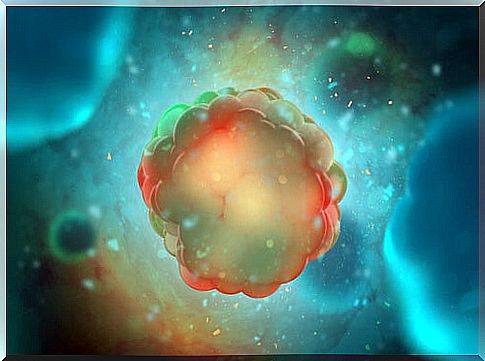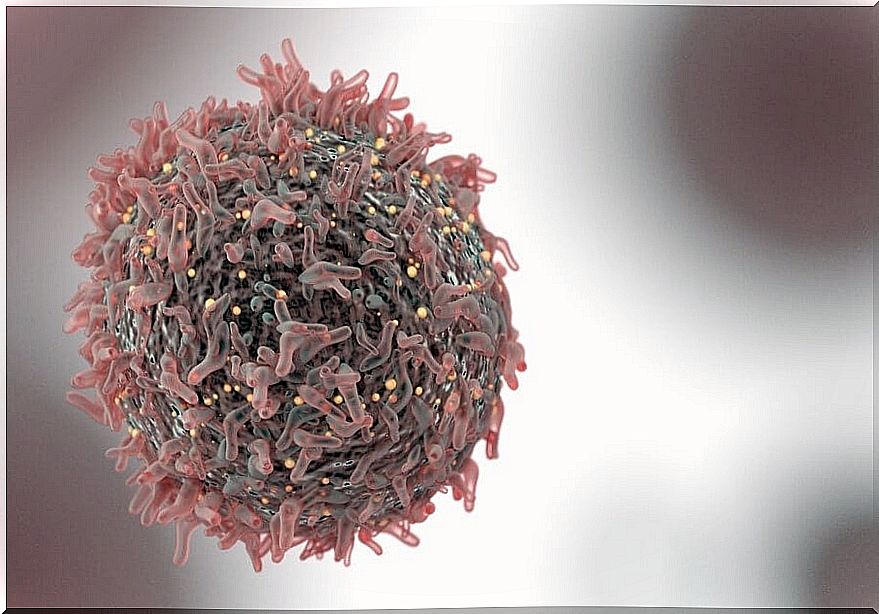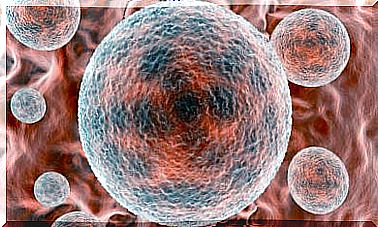Tumor Markers: What Are They And What Are They For
Tumor markers are substances, often proteins, that are produced by the cancer tissue itself or, sometimes, by the body in response to cancer growth. Since some of these substances can be detected in body samples such as blood, urine, and tissues, these markers can be used to detect and diagnose some types of cancer.
Cancer is one of the leading causes of death in developed countries. Normally, human cells grow and divide to create new cells as the body needs them, and as they age or become damaged, they die, and new cells replace them.
This disease develops due to an abnormality in this cell growth, when this process gets out of control and some cells begin to divide indiscriminately and spread to the surrounding tissues. This lack of control can occur almost anywhere on the body.
As cells become more and more abnormal, older or damaged ones survive when they should die and new ones are created when they are not needed. This uncontrolled growth usually ends up producing solid tumors.
What types of tumors are there?

The tumors that are produced by this lack of control of cell growth can be malignant and benign:
- Malignant tumors : they are cancerous, so they are more serious than benign ones. They can usually be removed, but sometimes they can still grow back. They have the ability to invade and damage nearby tissues and organs, this occurs when cancer cells enter the bloodstream or lymphatic system.
- Benign tumors : They are not cancerous and are rarely life-threatening. Generally, benign ones can be operated on and usually do not grow back. In addition, they do not invade the tissues around them and do not spread to other parts of the body.
What are tumor markers?

Tumor markers are substances made by cancer cells or other cells in the body in response to cancer or certain benign (non-cancerous) conditions.
Most tumor markers, although they are produced by both normal cells and cancer cells, can be identified because in cancerous processes they are produced in higher concentrations. They can be found in urine, blood, feces, tumor or non-tumor tissue, and body fluids.
What are the limitations in the use of tumor markers?
There are some limitations to the use of tumor markers, since sometimes in benign situations it can happen that these markers increase their concentrations as if it were a pathological situation.
On the other hand, the variation of the concentrations of these molecules differs from one person to another. It may be that some people who have a particular type of cancer do not have a high level of a marker associated with that cancer.
The identified markers are used in clinical medicine, but research is still ongoing because many of them have not been characterized. There is also no marker that can be used to detect any type of cancer.
What types of tumor markers are there and what are they used for?

Most of the tumor markers produced by cancer cells are of protein origin. In addition to proteins, gene expression patterns and DNA changes are recently being used to be used as markers as well.
There are many tumor markers that are currently used for the cancer clinic. The most used are the following:
- Urokinase plasminogen activator (uPA) and plasminogen activator inhibitor (PAI-1) : Used to detect breast cancer and to determine cancer malignancy and guide treatment.
- EGFR gene mutation : This is important to help determine the treatment and prognosis of non-small cell lung cancer.
- KRAS gene mutation: very important in cancer therapy. It is important to determine whether treatment with a specific type of targeted therapy for colorectal cancer and non-small cell lung cancer is appropriate.
- Calcitonin: Your test is used to aid in the diagnosis, treatment, and evaluation of thyroid cancer recurrence.
Finally, keep in mind that these are just a few examples of the many tumor markers available to the healthcare system in cancer therapy.









